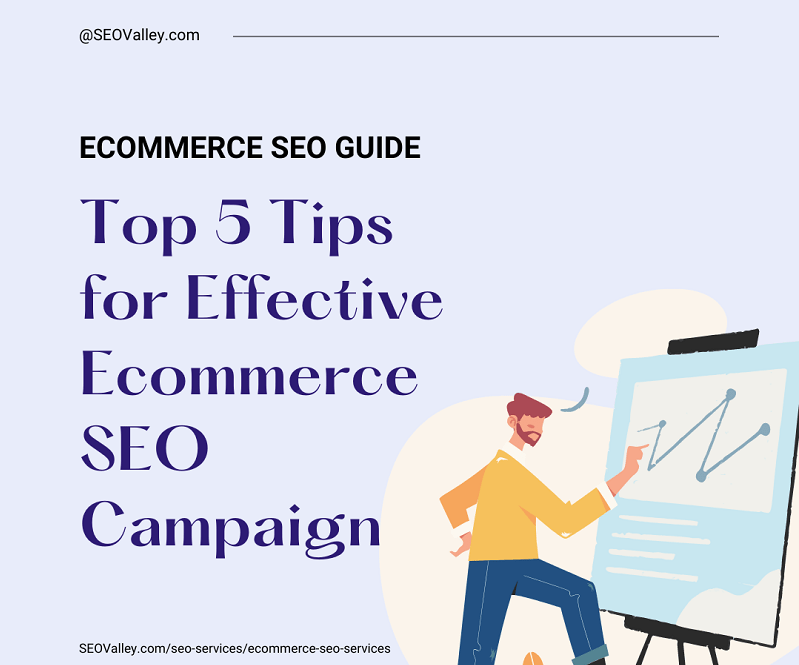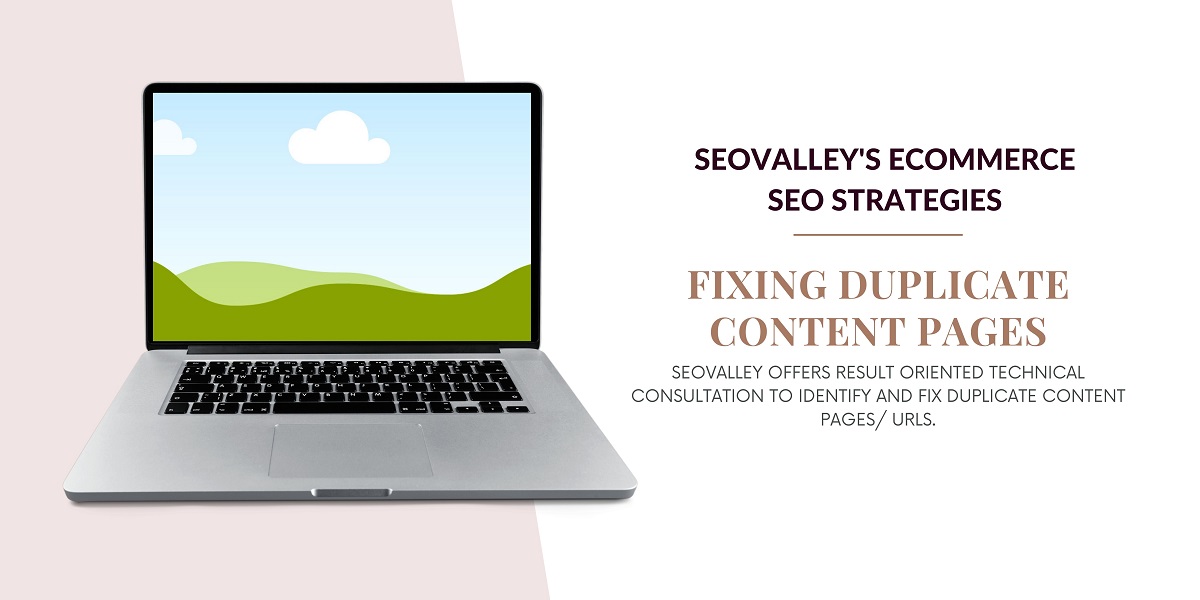All too often, segmenting and filtering website content becomes a footnote—something done after an ecommerce site is already fully set-up. Ideally, though, it should be one of the first things to consider if you want to provide a satisfying and user-friendly experience to your target customers. Failing to pay attention to how you segment and filter your content can hit you in the face sooner than you expect. It can also lead to bigger problems down the road. Don’t wait until you start noticing low traffic, high bounce rates, and low rankings. Doing everything properly from the start means reaping the rewards down the line.

Understanding the Importance of Segmenting and Filtering
To fix this site structure issue, it’s important to understand the concepts of categorization and filtering, plus what impact they have on ecommerce websites.
Categorization essentially involves looking at all the products and/or services you provide through your e-commerce site and breaking them up into smaller, more focused groups, each with its own web page. In the case of a shop selling household furniture, for instance, important categories may include kitchen fixtures, bathroom furniture, bedroom fixtures, and dining room items.
Filtering, on the other hand, involves a more in-depth segmentation of your products and services. Filters are discrete options that visitors use once they reach one of your category pages. They help users pinpoint the exact type of product or service they want or need based on the pre-set filters or subcategories you provide.
Because every website is different, categorization and filtering cannot be boxed in one cookie cutter model. Every business and vertical—no matter how similar they may seem to another—still has unique requirements when it comes to categorization.
Key First Steps
There are two things to keep in mind in categorization: One is making the classification simple enough for users to easily navigate, and the other is making sure that the structure is intuitive enough without requiring too much work.
Simplifying categories and URLs is important; after all, URLs typically reflect the categories that you use. From a technical standpoint, long and complex URLs are harder for search engine bots and crawlers to read and index—which can only mean bad news for your website’s rankings. Keeping your categories and your URLs concise, simple, and limited to a few major tabs is something that you should consider if you want to engage your potential customers better, keep them on the site longer, and ultimately convert them into customers.
You want the experience to be as intuitive as possible for your visitors, but beware—there is such a thing as a category that is too specific. These types of categories may infringe on your products and services. This is where facet navigation is most useful. Faceted navigation makes use of indexed categories as well as pre-determined filters in the form of sidebar links that make it easier for consumers to narrow down their searches intuitively. Done properly, this can do wonders for user experience.
Get Professional Help
SEO and e-commerce site specialists can help you make sure that your site is well segmented and filtered for both search engines and actual visitors. Proper navigation can provide your target users with a smoother customer experience as they search for specific products and services within your site, while keeping Google and search engine bots well guided as they index and crawl each category and product page you want to be crawled and indexed.
Contact SEOValley today if you need help in segmenting and filtering your ecommerce website. We offer a range of ecommerce SEO services designed specifically for clients like yourself.





